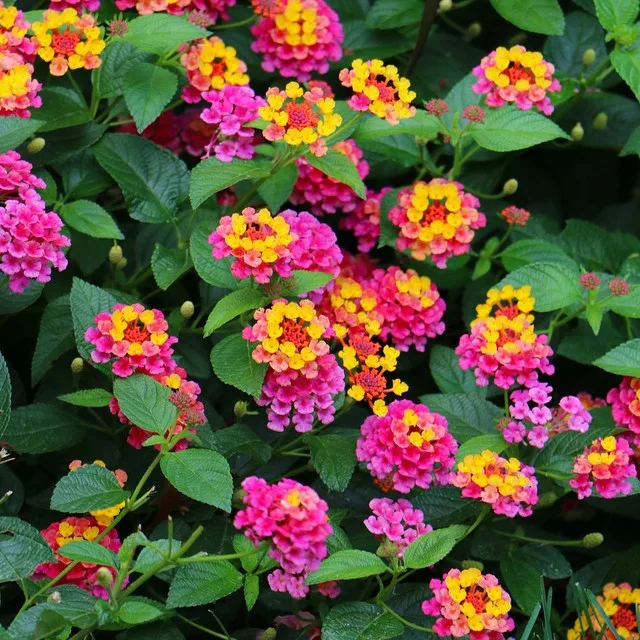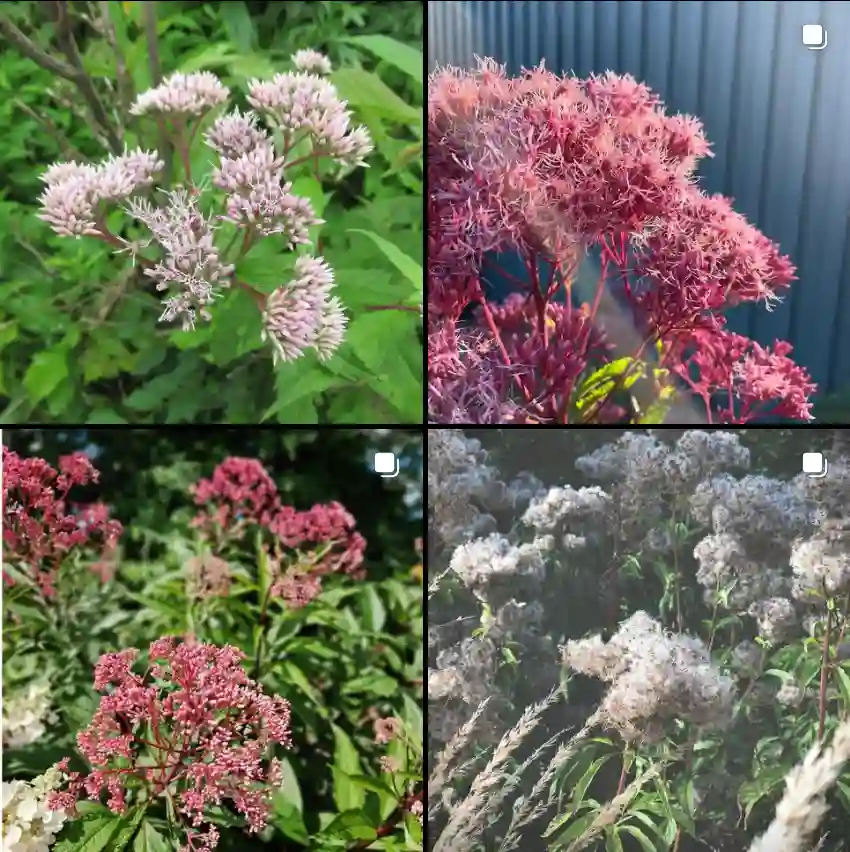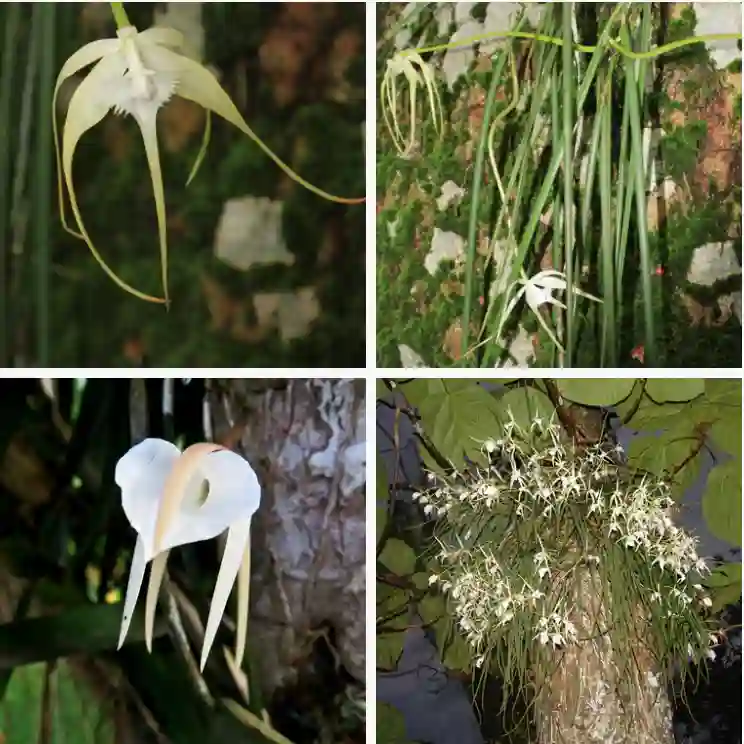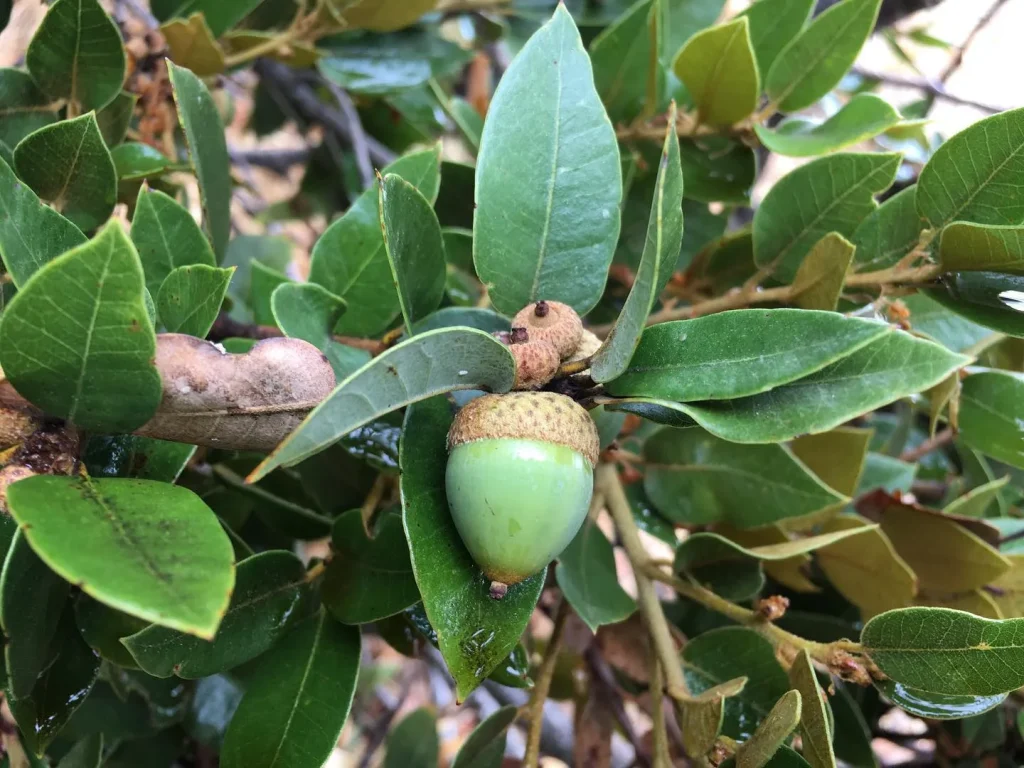FAQs About Aruncus Chantilly Lace
When it comes to creating a stunning garden, one of my favorite plants is Aruncus Chantilly Lace. This plant, known for its delicate, feathery foliage and graceful white flowers, is often a topic of interest for gardeners like myself. Here’s a comprehensive FAQ about Aruncus Chantilly Lace, covering everything from care to propagation and more.
4 Species in Genus Aruncus
What Is Aruncus Chantilly Lace?
Aruncus Chantilly Lace, commonly known as False Goat’s Beard, is a perennial plant that belongs to the Rosaceae family. It’s valued for its airy, fern-like leaves and elegant, creamy-white flower spikes that can reach up to 3 feet in height. The plant has a refined, almost lacy appearance that adds a touch of sophistication to any garden.
How to Care for Aruncus Chantilly Lace?
Caring for Aruncus Chantilly Lace is relatively straightforward, but there are a few key things to keep in mind:
- Light Requirements: Aruncus Chantilly Lace thrives in partial to full shade. It can tolerate some morning sun, but too much direct sunlight can scorch its delicate leaves.
- Soil Conditions: This plant prefers well-drained, moist soil with a slightly acidic to neutral pH. Adding compost or organic matter can improve soil quality and drainage.
- Watering: Regular watering is essential, especially during dry periods. Keep the soil consistently moist but not waterlogged.
- Fertilizing: A balanced, slow-release fertilizer applied in early spring will support healthy growth and abundant flowering.
- Pruning: Remove spent flowers and any dead or damaged foliage in late winter or early spring before new growth begins.
How to Propagate Aruncus Chantilly Lace?
Propagation of Aruncus Chantilly Lace can be done through division or seeds:
- Division: The easiest method is to divide the plant in early spring or fall. Carefully dig up the root ball, separate it into smaller sections, and replant them in a new location.
- Seeds: While less common, you can also propagate from seeds. Sow the seeds in a cold frame or indoor seed trays about 6-8 weeks before the last frost. Germination can be slow, so be patient.
What to Plant With Aruncus Chantilly Lace?
Aruncus Chantilly Lace pairs beautifully with a variety of other plants:
- Hostas: Their large, textured leaves complement the lacy foliage of Aruncus.
- Astilbes: Both plants enjoy similar growing conditions and their textures and colors harmonize well.
- Heucheras: The vibrant foliage of Heucheras can provide a striking contrast to the delicate appearance of Aruncus.
- Ferns: Adding ferns can enhance the woodland look and provide a lush background.
Benefits of Aruncus Chantilly Lace
- Aesthetic Appeal: Its elegant, feathery flowers and foliage create a refined look that enhances any garden design.
- Low Maintenance: Once established, Aruncus is quite low-maintenance, requiring minimal care beyond regular watering and occasional pruning.
- Wildlife Friendly: The plant can attract pollinators such as bees and butterflies, adding ecological value to your garden.
Is Aruncus Chantilly Lace Toxic?
No, Aruncus Chantilly Lace is not known to be toxic to humans or pets. This makes it a safe choice for gardens where children or animals play.
Common Problems and Solutions
- Powdery Mildew: This fungal disease can affect Aruncus in humid conditions. To prevent it, ensure good air circulation around the plant and avoid overhead watering. If it appears, treat it with a fungicide.
- Leaf Spot: Brown or black spots on the leaves can indicate fungal infections. Remove affected leaves and improve air circulation to prevent further spread.
- Pests: While not commonly plagued by pests, occasional aphids or spider mites may appear. Regularly check for pests and treat infestations with insecticidal soap if necessary.
Compare with Similar Plants
Aruncus Dioicus vs. Aruncus Chantilly Lace
While Aruncus Dioicus (Goat’s Beard) is similar, it tends to grow taller and has larger, more coarse foliage. Aruncus Chantilly Lace, on the other hand, is more compact and refined, making it suitable for smaller garden spaces or as a delicate border plant.
Astilbe vs. Aruncus Chantilly Lace
Both Astilbes and Aruncus Chantilly Lace offer feathery flower spikes and thrive in similar conditions. However, Aruncus tends to have a more airy, graceful appearance, whereas Astilbes have denser flower clusters and can offer a wider range of colors.
In summary, Aruncus Chantilly Lace is a versatile and attractive addition to any garden, valued for its beauty and ease of care. Whether you’re a seasoned gardener or just starting out, incorporating this plant can enhance the visual appeal of your garden and provide a touch of elegance.
If i die, water my plants!



